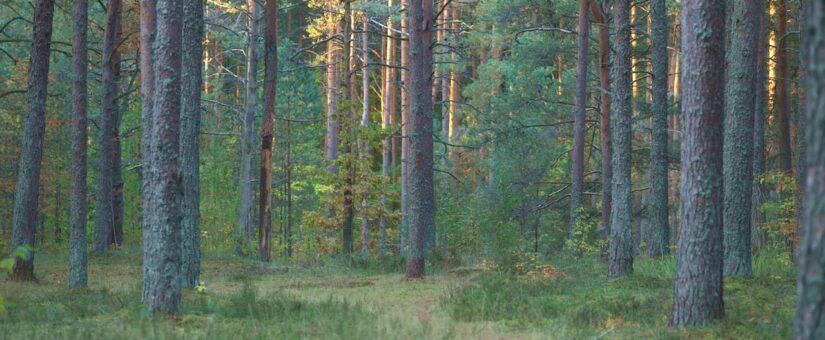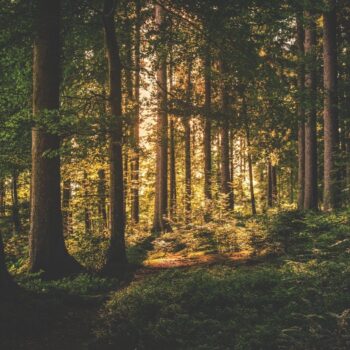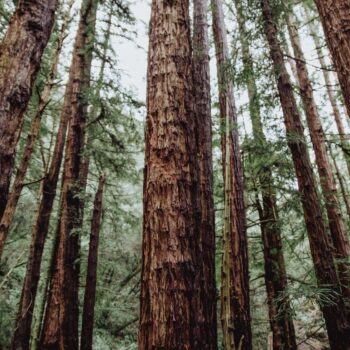
To what extent can the development of solar energy contribute to forest conservation?
The extent to which the development of solar energy can contribute to forest conservation is incredibly impressive! By transitioning to renewable forms of energy, such as solar energy, we can significantly decrease our reliance on hazardous and planet-harming fossil fuels. Furthermore, by doing this we would be directly preserving forests by taking the pressure off industries that clear forested land in order to obtain those fuels. This will not only help conserve existing forests, but also increase reforestation initiatives. As a result, forests all around the world can thrive while also helping provide clean and renewable sources of energy!
When should a forest be cut down and why would it save it?
Clearing forest land has long been a controversial and difficult topic, but in certain cases, properly managed forest cutting can actually benefit the forest. To save a forest, tree clear-cutting is sometimes necessary to eradicate pests, improve wildlife habitat, and promote forest health overall. Tree clear-cutting or selective cutting of damaged trees can help increase productivity by stimulating natural growth and allowing more sunlight and moisture to reach the forest floor. It’s important to remember that it’s not always wise to clear-cut an entire forest – harvesting just the right amount of trees for the conditions at hand can ensure that the forest remains healthy and vibrant for years to come! With proper management, forest cutting can be a win-win situation – protecting local ecosystems while providing valuable economic benefits.
What trees are the most susceptible to deforestation?
Trees are essential to the continued health of our planet and its inhabitants, but unfortunately they’re not always being treated as such. Certain trees are particularly susceptible to deforestation, with some species disappearing faster than others. Tropical trees in particular face a high risk due to the increased demand for timber from these regions; hardwood trees such as mahogany, ebony, ziricote, and teak trees are all in danger of becoming extinct if we don’t take action against deforestation. Likewise, rainforest trees like palo santo, guaiacum, cedar trees, and Brazilian cherry trees face an equally precarious future. We need to act fast to save these trees before it’s too late- let’s work together to protect them!
What type of forest is the most beneficial to nature and can only forests be prioritized for conservation?
There are so many incredible and beneficial types of forests out there, all offering something special to nature! Tropical rainforests occupy the most space, being second only to deserts as the world’s largest type of biome. They provide excellent homes for various species – as high as half of all living plant and animal species can be found here! Temperate forests are considered a great resource for conservation efforts due to their environmental diversity; they offer protection from wind yet support growing trees with deep roots. Lastly, boreal forests contain coniferous trees that act as a protective layer for endangered animals such as caribou and moose populations. All these different forest types are incredibly important to preserve, and conserving these areas is paramount in order to continue business-as-usual when it comes to protecting nature.
Top 4 technologies that can save the world’s forests
Our world’s forests are at risk from climate change, deforestation, and other factors, but technologies are emerging that can help protect and save them. The top four technologies for this purpose are managed timber harvest systems, mapping technologies, forest conservation markets, and condition-based monitoring systems. Managed timber harvest systems use rules, guidelines and technologies to assume an acceptable level of harvesting among stakeholders. Mapping technologies allow us to track both deforestation as well as carbon sequestration by forests over time – a key component to measuring sustainability efforts. Forest conservation markets create incentives for communities to protect public lands in creative ways while condition-based monitoring systems collect real-time data on environmental changes happening within the forest environment. These technologies come with their own unique challenges, but they remain our best hope in the fight to save our world’s forests.
The main rules that a person must follow going into the woods
When venturing into the woods, it is incredibly important to know the main rules for safety and protection. First, if you plan to go far, tell someone where you are going and when you plan to return home. Many people have found themselves lost or in danger simply because no one knew their whereabouts. Next, prepare ahead of time for whatever may arise by researching about the terrain and climate for that area. And finally, always be mindful of the local wildlife. Be respectful and refrain from doing anything that could be threatening to them. When exploring the woods it’s essential to follow these main rules of conduct!


